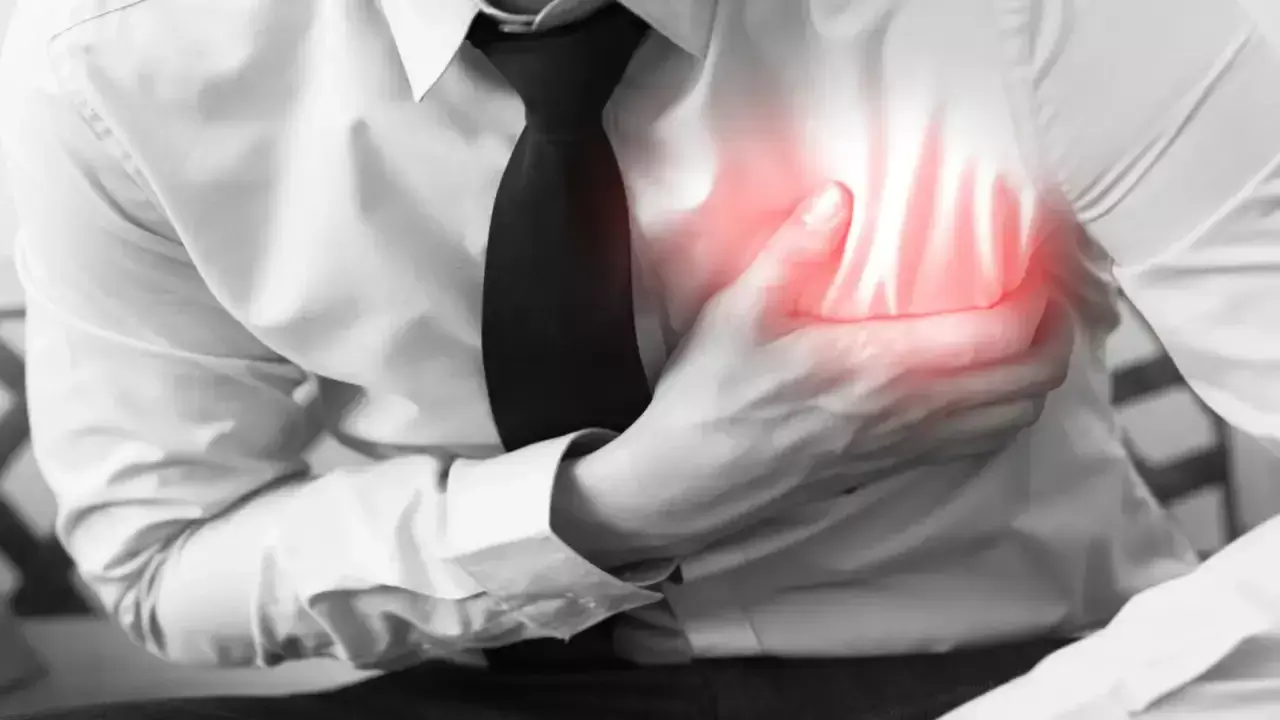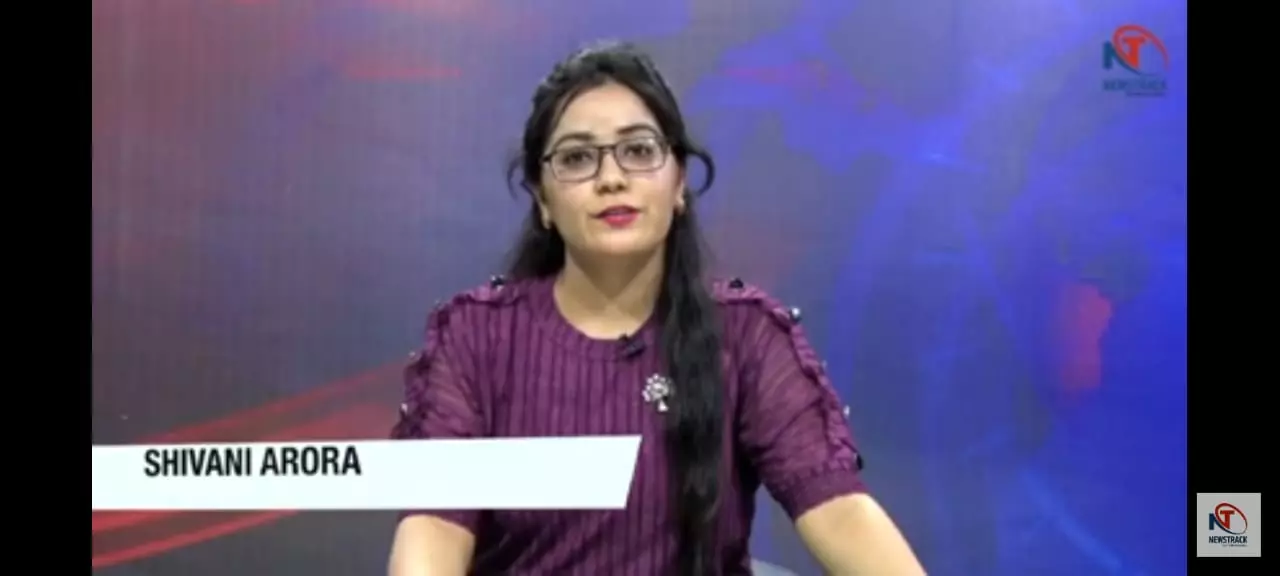TRENDING TAGS :
Heart Attack in India: Is Your Heart at Risk Too? Shocking Report Reveals There’s Only One Cardiologist per 250,000 Patients in India!
Heart disease is no longer just a concern for the elderly. Rising cases among youth aged 15-20 are alarming. Read this detailed report on heart attack statistics, causes, symptoms, and how to prevent them in India.
Is it only a concern for people above 40? If you believe so, this report is a must-read. The threat of heart attack is not limited to older people—it is rising alarmingly among individuals aged 15 to 20 as well. According to the recent report “Every Beat Counts” released by CK Birla Hospital, deaths from heart disease in India are rapidly increasing and have outpaced the global average. While the global mortality rate from heart disease is 235 per 100,000 people, in India it stands at a staggering 272 per 100,000—highlighting not only a worrying trend but also exposing weaknesses in India’s healthcare infrastructure.
Heart Attack Deaths in India: Alarming Statistics
Data from 2023 shows that nearly 2.8 million people die from cardiovascular diseases in India each year. Approximately 50% of these deaths are due to heart attacks (cardiac arrest or myocardial infarction). This translates to around 7,700 deaths per day, or five Indians dying every minute from a heart attack.
WHO’s Take on Heart Attacks
Given the global surge in heart attack cases, the World Health Organization (WHO) has started taking the issue seriously. According to WHO, nearly 17.9 million people die annually worldwide due to cardiovascular diseases, with heart attacks and strokes accounting for 85% of these deaths. This makes up about 32% of all global deaths.
Give Your Heart a Break to Save Your Life
Senior cardiologist Dr. Mridul Mehrotra from CK Birla Hospital explains that just like we service our vehicles, we must also schedule regular health check-ups. As the heart beats with a “lub-dub” rhythm, the interval between these beats is when the heart gets to rest. If the heart doesn’t get this rest, stress on the heart muscles increases, possibly leading to myocarditis (inflammation of the heart muscle). Stress, poor sleep, smoking, unhealthy diet, and lack of exercise significantly heighten the risk of heart disease.
Severe Shortage of Cardiologists in India
As heart disease increases, the number of specialists is not keeping up. A shocking fact revealed by the “Every Beat Counts” report is that India has only one cardiologist for every 250,000 heart patients. In comparison, the ratio in the U.S. is about 1:7,300. With India’s population of 1.4 billion, this imbalance poses a grave concern.
India has approximately 420 cardiac centers capable of performing heart surgeries, most of which are located in urban areas. Consequently, about 50% of heart attack deaths in India occur at home due to delayed access to treatment. Only 1 in 10 patients receives timely and adequate medical attention.
Common Symptoms of a Heart Attack
Symptoms can sometimes mimic gas or allergies. However, if you experience:
-
Chest pressure,
-
Shortness of breath,
-
Pain in arms or jaw,
-
Excessive sweating,
-
Dizziness, you should immediately seek medical help. A simple ECG (Electrocardiogram) once a year can serve as early screening to detect irregularities in heart function.
The Heart’s Deadliest Enemies
While many people discuss high cholesterol, triglycerides are even more dangerous. These fats accumulate in blood vessels and obstruct blood flow, significantly increasing heart attack risk. A lipid profile test can assess cholesterol and triglyceride levels. If levels are high, changes in medication and diet can help manage them.
What to Do During a Heart Attack
If someone suffers a heart attack:
-
Clear the area – Ensure oxygen flow by removing crowds around the patient.
-
Raise the legs – To improve blood flow to the brain, elevate the person’s legs.
-
Administer CPR – If unconscious, provide CPR (clear airway, give breaths, perform chest compressions).
-
Give aspirin – If the person is conscious, dissolve aspirin in water and have them drink it to thin the blood.
-
Call an ambulance – Don’t delay; immediately take the person to the nearest hospital.
Impact on Women and Children
Heart disease isn’t limited to men—women are also increasingly affected. Anemia, especially during menstruation, raises heart rate and can increase risk. During this time, women should avoid intense physical activity.
About 10% of infant deaths in India are linked to heart conditions. The lack of proper screening in rural areas worsens the situation. Technologies like fetal echocardiography during pregnancy and pulse oximetry at birth can detect congenital heart defects with over 95% accuracy, but their use is still limited in India.
How to Take Care of Your Heart
-
Annual Check-ups – Get ECG and lipid profile tests done yearly.
-
Healthy Eating – Avoid fried foods, trans fats, and excessive salt.
-
Exercise – Brisk walk or exercise for 30 minutes daily.
-
Manage Stress – Regular meditation and adequate sleep help reduce stress.
-
Quit Smoking and Alcohol – These habits drastically increase heart attack risk—quit today.
Lifestyle Changes Are Essential
Today, heart attacks are being reported across age groups—from social media to news headlines. The threat has risen especially post-COVID-19. The first step to reducing this risk is improving your daily lifestyle—your diet, sleep, and habits matter immensely. In a country like India, with millions suffering from heart-related ailments, awareness, timely diagnosis, and proper treatment are critical.
If both the government and the public act together, deaths from heart disease can be significantly reduced.


